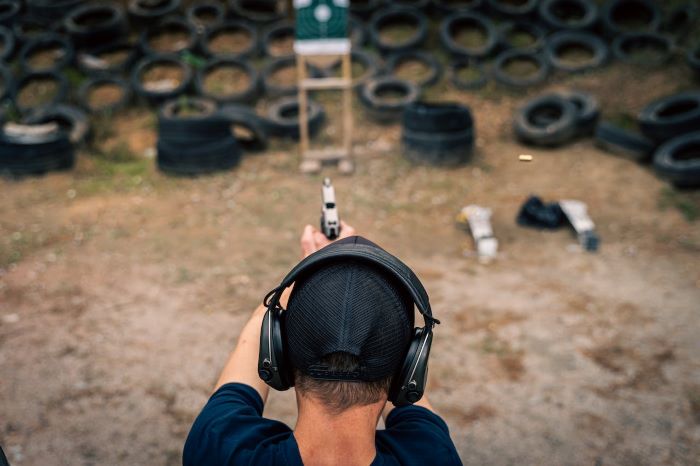Choosing the right holster for your firearm is a crucial decision for any gun owner. The right holster not only ensures quick access and safe carrying but also provides comfort and concealment. With a plethora of options available, selecting the perfect holster can be overwhelming. Here we will discuss the key considerations and tips for finding a holster that best suits your firearm and your needs.
1. Understanding Holster Types
Firstly, understand the different types of holsters available:
- Inside-the-Waistband (IWB) Holsters: Ideal for concealed carry, these holsters sit inside your waistband and offer excellent concealment.
- Outside-the-Waistband (OWB) Holsters: These are worn on the outside of your pants and are typically easier to draw from.
- Shoulder Holsters: Suitable for those who spend a lot of time sitting or driving.
- Ankle Holsters: Best for backup guns and deep concealment.
- Pocket Holsters: Designed for small firearms and allow for discreet carry in a pocket.
2. Material Matters
Holsters are made from various materials, each offering different benefits:
- Leather: Traditional and durable, leather holsters offer a classic look and custom fit after break-in.
- Kydex: A lightweight and sturdy plastic, Kydex holsters provide excellent retention and are maintenance-free.
- Nylon: These are affordable and offer flexibility but may lack the durability and retention of other materials.
3. Comfort and Concealment
Comfort is key, especially if you plan to carry your firearm for extended periods. The holster should fit snugly against your body without causing discomfort. Concealment is equally important, particularly for concealed carry permit holders. The holster should keep your firearm out of sight without printing (the outline of the gun being visible through clothing).
4. Retention and Accessibility
A good holster should securely hold your firearm in place and prevent accidental discharge. Look for holsters with adjustable retention screws or systems. However, it should also allow for quick and easy access to your firearm in case of an emergency.
5. Compatibility and Fit
Ensure the holster is specifically designed for your firearm model. A proper fit prevents the gun from moving around in the holster and aids in retention and accessibility. Avoid one-size-fits-all solutions as they may not provide the best fit for your firearm.
6. Testing and Practice
Once you have selected a holster, it’s important to practice drawing and re-holstering your firearm (unloaded, initially) to ensure ease of access and comfort. Adjust the holster’s position and retention as needed.
7. Consider Your Lifestyle
Your daily activities and attire should influence your holster choice. For instance, if you wear suits regularly, a shoulder holster might be more appropriate than an IWB holster.
Conclusion
Finding the right holster involves balancing various factors such as type, material, comfort, concealment, retention, and compatibility with your firearm. Remember, the best holster is one that suits your specific needs and lifestyle while ensuring safety and accessibility. Don’t hesitate to try different holsters, including innovative options like alien holsters, and consult with experienced firearm owners or professionals to make an informed decision. Remember, a well-chosen holster is an investment in your safety and comfort.

